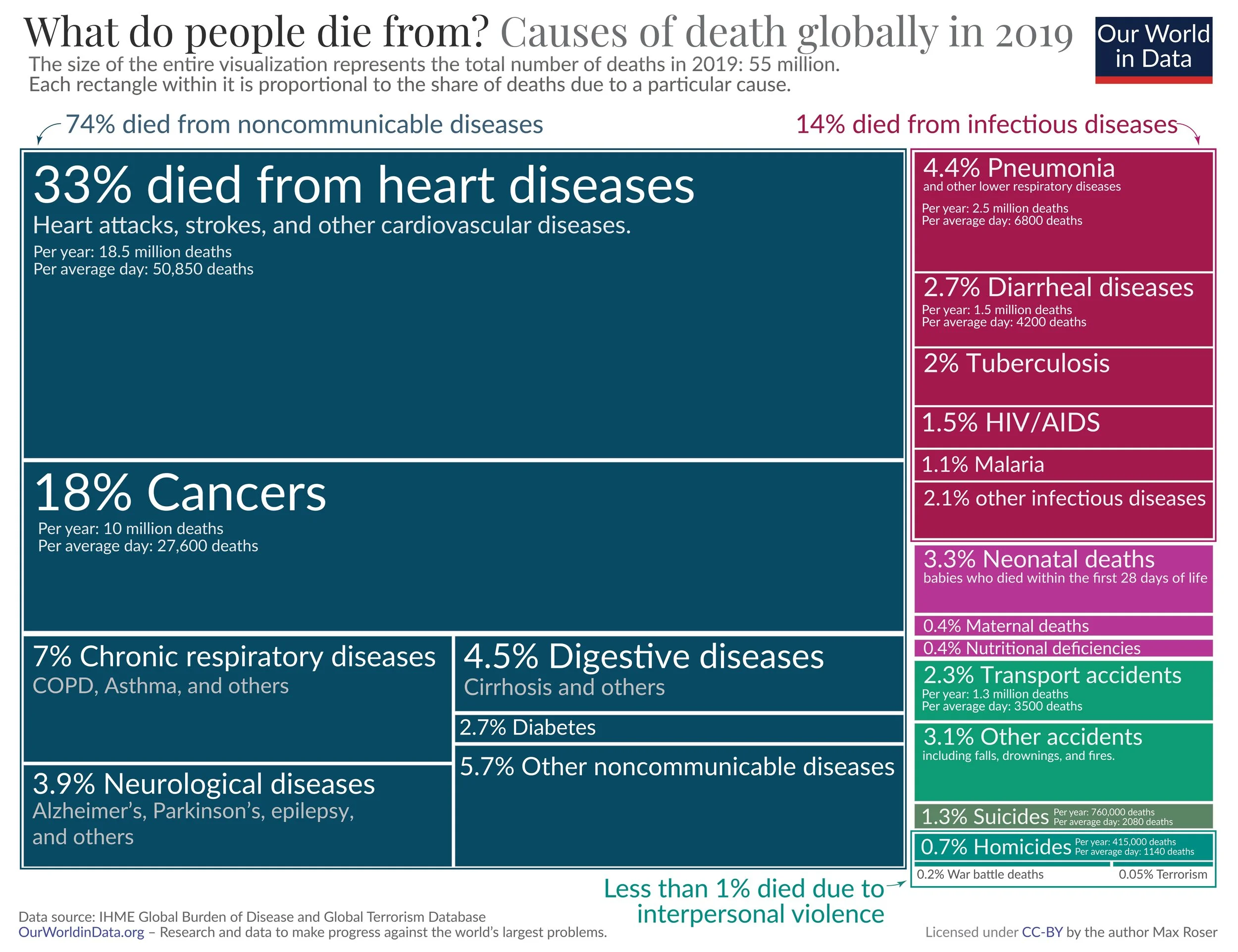Our Environment Shapes our Health
Why the built environment is one of the most powerful tools we have for shaping human health and well-being.
We spend up to 90% of our time indoors—at home, at work, in schools, or in public spaces. While it’s commonly assumed that genetics and medical care are the primary determinants of health, research shows that genetics account for only about 10% of health outcomes. The remainder is shaped by environmental and lifestyle factors—elements we can influence (Schroeder, 2007).
This makes the built environment—the places where we live, learn, work, and heal—one of the most impactful tools we have for shaping human health and well-being.
Today, chronic diseases such as heart disease, diabetes, asthma, and depression have become some of the most significant barriers to people living full, vibrant lives. These conditions don’t just shorten lifespan—they limit our capacity to thrive, to participate fully in society, and to express our human potential.
The Numbers Tell the Story
24% of global deaths are linked to the environment, representing approximately 13.7 million deaths annually(World Health Organization [WHO], 2023).
Noncommunicable diseases (NCDs)—which develop over time and are influenced by environmental and lifestyle factors—account for 41 million deaths each year, or 74% of all deaths globally (WHO, 2022).
Of these, 17 million people die prematurely from an NCD before age 70, with 86% of such deaths occurring in low- and middle-income countries.
More specifically:
Cardiovascular diseases cause 17.9 million deaths per year,
Cancers: 9.3 million,
Chronic respiratory diseases: 4.1 million,
Diabetes (and related kidney complications): 2 million (WHO, 2022).
Together, these four conditions account for over 80% of all premature NCD deaths globally.
Environment Determines Health
While individual choices matter, health outcomes are profoundly shaped by our environment. Many people do not have control over the quality of air they breathe, access to healthy food, or opportunities for physical activity—all of which are shaped by urban planning, building design, and the policies that govern them (Frumkin et al., 2004).
Yet despite this, what’s often overlooked is that the built environment deeply influences the very conditions that drive health:
Air quality
Access to daylight and nature
Acoustics and noise exposure
Thermal comfort
Movement and circulation opportunities
Psychological safety, belonging, and social connection
These are not abstract or architectural concerns—they are direct determinants of health.
Designing for Human Potential
Although many of our environmental exposures are outside individual control, we hold tremendous power at scale. By rethinking how we design, develop, and renovate the spaces around us, we can create environments that promote longevity, dignity, and wellbeing.
Designing healthier buildings isn’t just about avoiding harm—it’s about creating places that actively support people in feeling better, living better, and accessing their full potential.
References
Frumkin, H., Frank, L. D., & Jackson, R. J. (2004). Urban Sprawl and Public Health: Designing, Planning, and Building for Healthy Communities. Island Press.
WHO. (2022). Noncommunicable diseases. https://www.who.int/news-room/fact-sheets/detail/noncommunicable-diseases
WHO. (2023). Environmentally-related deaths. https://www.who.int/data/gho/data/themes/topics/topic-details/GHO/environmental-health
Schroeder, S. A. (2007). We can do better — improving the health of the American people. New England Journal of Medicine, 357(12), 1221–1228. https://doi.org/10.1056/NEJMsa073350
The Lancet Planetary Health. (2017). Safeguarding human health in the Anthropocene epoch. The Lancet Planetary Health, 1(3), e56–e57. https://doi.org/10.1016/S2542-5196(17)30017-6


